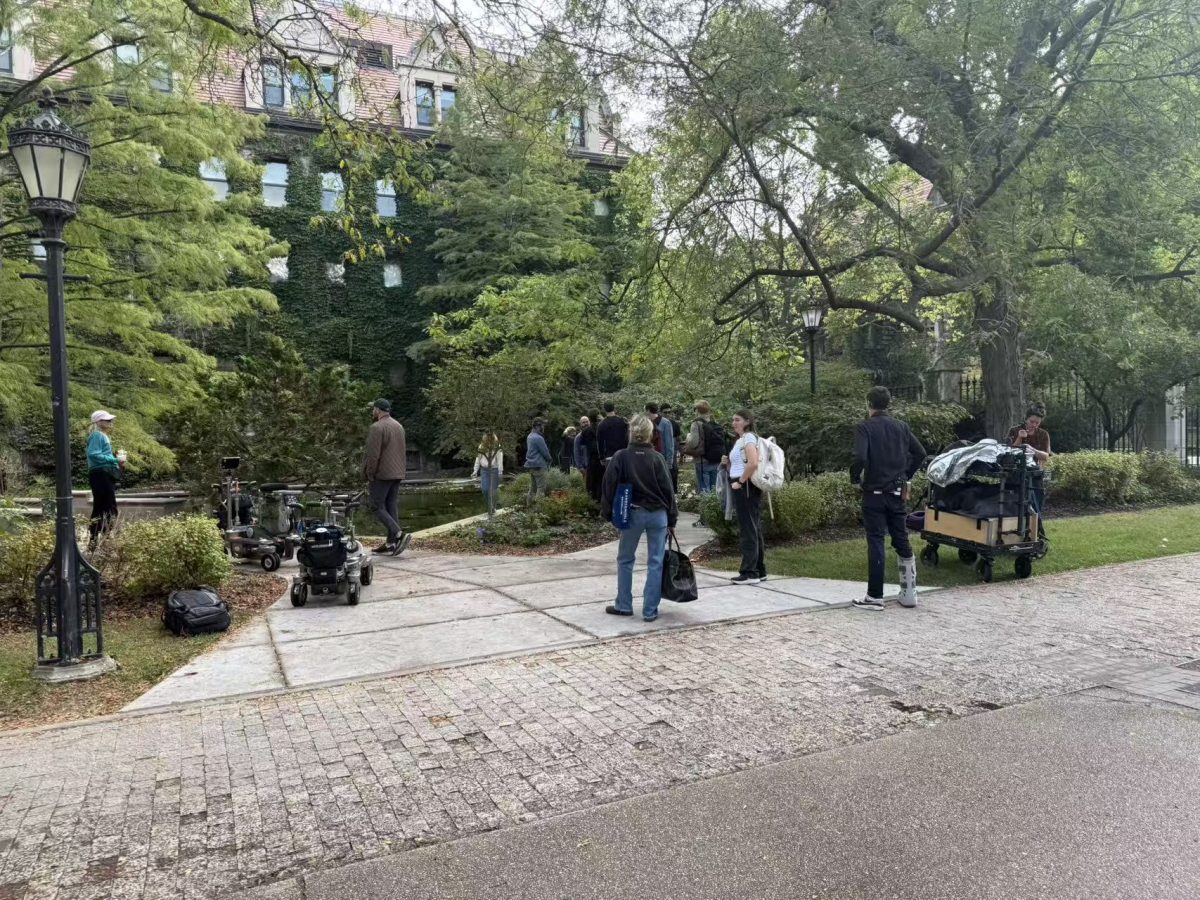Film buffs gathered at the Film Studies Center Friday night for the second part of the three-part city-wide series, Light Years: Films and Video by Gunvor Nelson. The program, which marked the 40th year of Nelson’s filmmaking, offered the rare opportunity to view and discuss Nelson’s films with the famous Swedish filmmaker herself.
Nelson’s work first gained fame in the San Francisco avant-garde filmmaking scene of the 1960s.
The Friday night program featured My Name is Oona (1969), Red Shift (1984), and Time Being (1991).
My Name is Oona paints a portrait of Nelson’s daughter, Oona, as a child through short flashes of her participating in typical childhood activities such as riding a horse and playing dress-up. The whole film is set to a background of Oona saying her name, which serves as the heartbeat of the piece.
Red Shift focuses on mother-daughter relationships and stars the filmmaker, her mother, and her daughter.
Time Being is a tribute to Nelson’s mother, incorporating old pictures of her as well as footage of her dying moments.
Nelson said that each of her films is personal and that she approached each film like a painter approaches a painting.
“I search how to express myself in each film,” she said.
Although the three film selections on Friday were related to her family, she denied that the films were home movies. “The people are not representing themselves; it is not a documentary. Everything was staged, and everything was lit,” Nelson said.
She argued with the critics’ label of her work as avant-garde or experimental.
“In terms of avant-garde film, I do not differentiate. I don’t think about if I’m on the forefront or if I’m old-fashioned. I make film; I make moving images,” she said. “I do not call it experimental either. At the end, it is not just experimental. It is a work that is finished. Experimental suggests that it is not finished. It is experimental when I am working and searching.”








